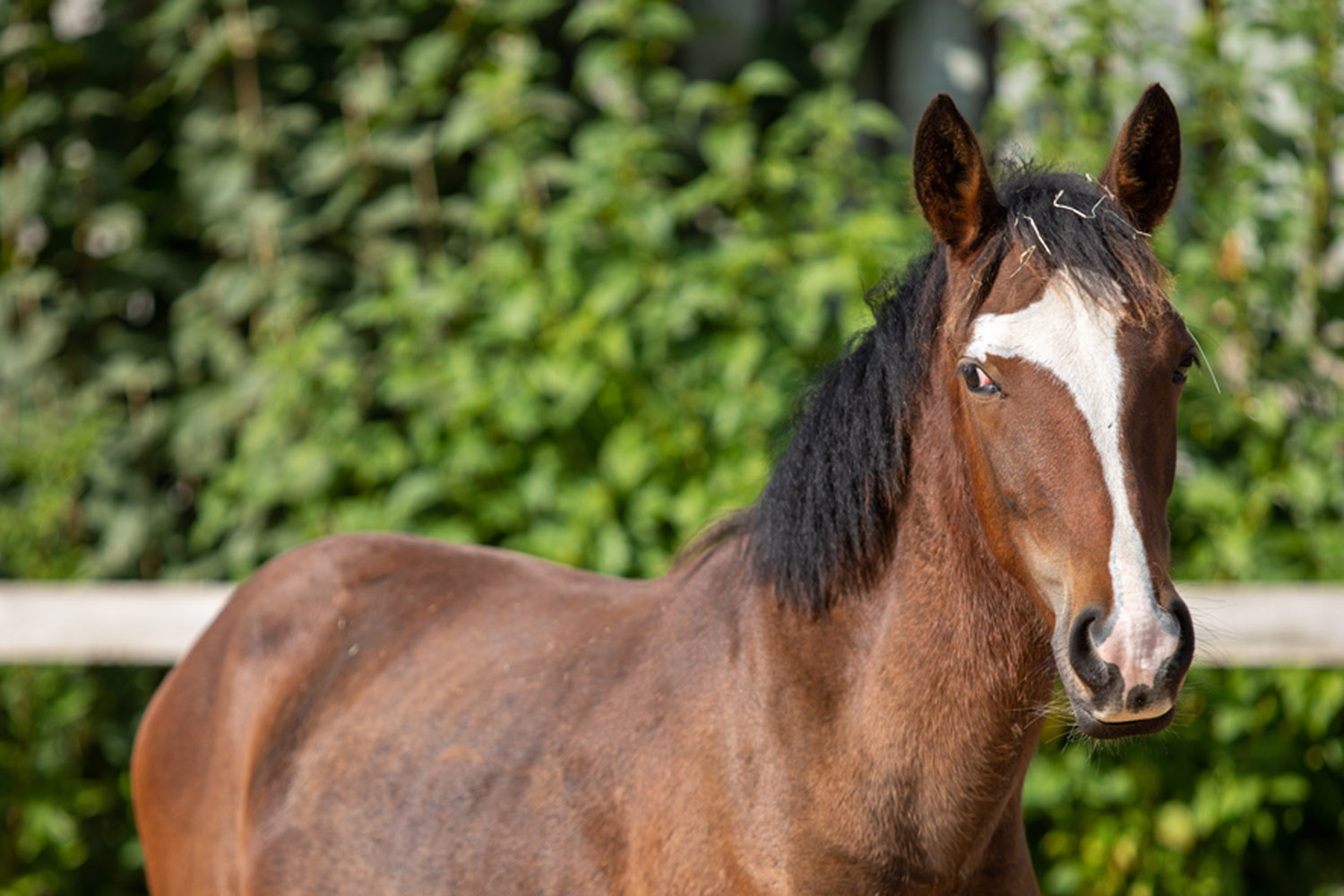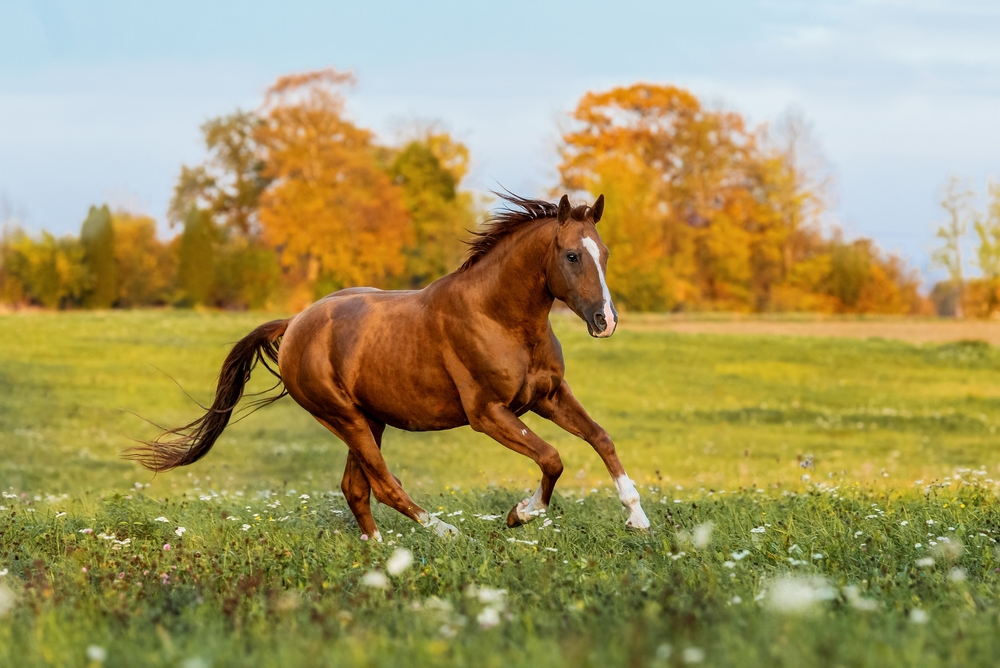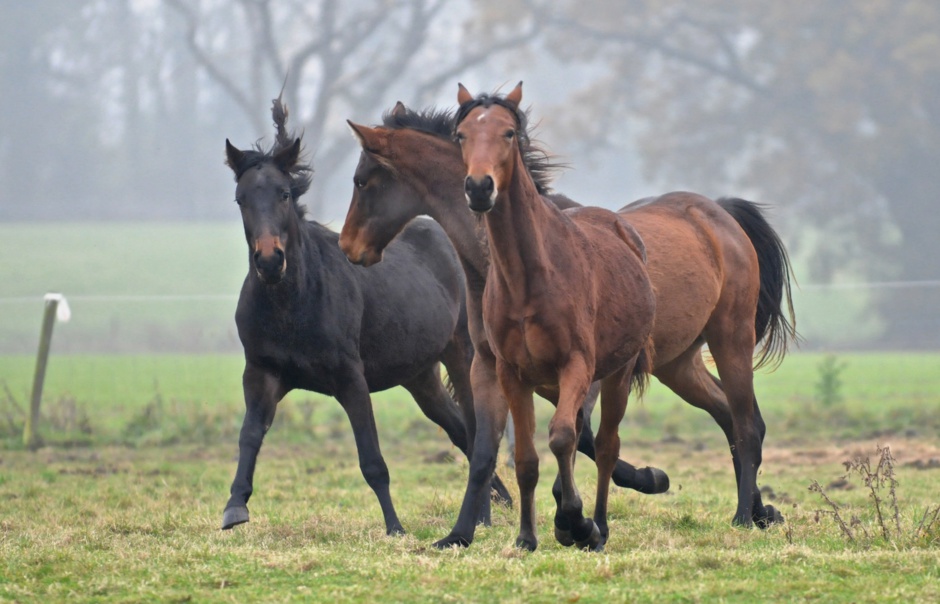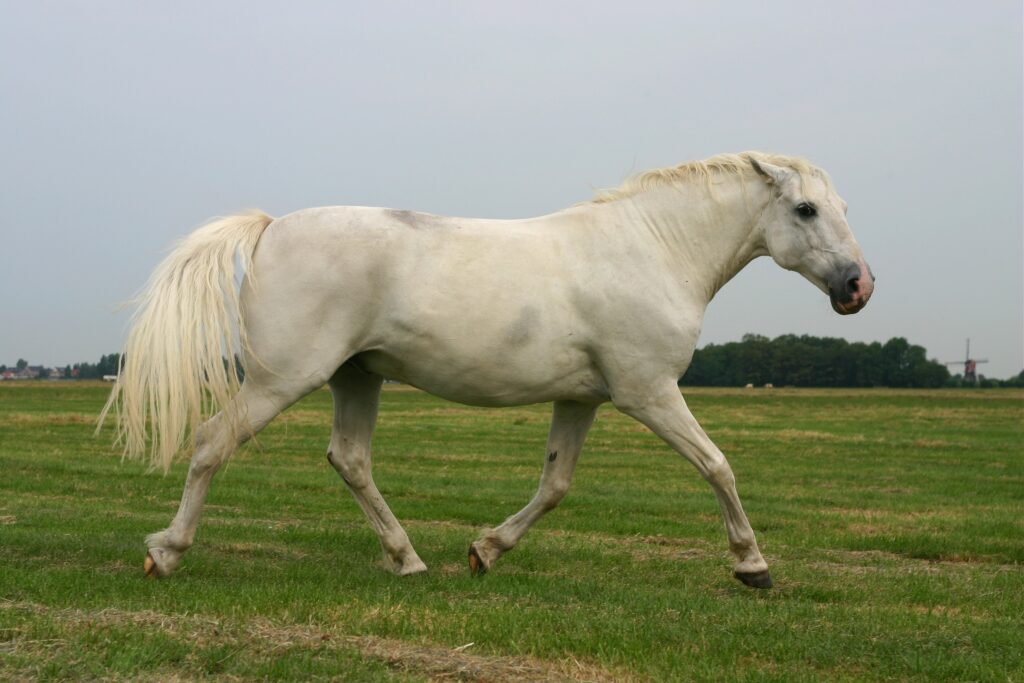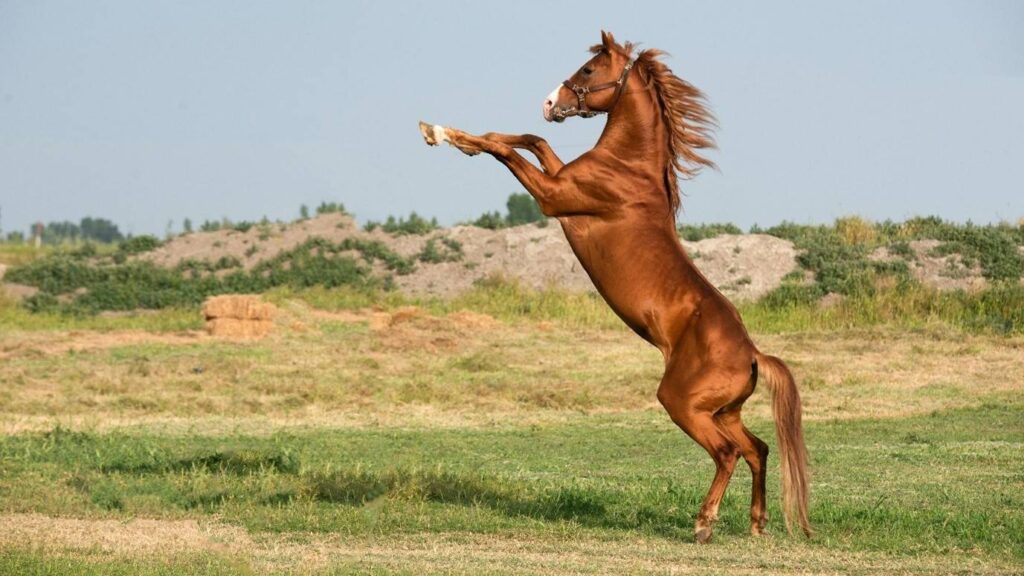The majestic Andalusian horse is renowned for its beauty, grace, and historical significance. However, like any other horse breed, Andalusian horses are not immune to developing certain behaviors known as stable vices. Understanding these vices is crucial for any horse enthusiast aiming to maintain the well-being and happiness of their equine companions. In this article, we will delve into the world of Andalusian horse stable vices, exploring their causes, symptoms, and potential solutions.

What Are Stable Vices?
Stable vices refer to abnormal behaviors exhibited by horses that are often rooted in stress, boredom, or discomfort. These behaviors can impact the horse’s health and well-being, and they can also be indicative of underlying issues in their environment or care routines. Recognizing and addressing these vices is essential to ensure a harmonious relationship between the horse and its owner.
Common Andalusian Horse Stable Vices
1. Cribbing
Cribbing is a behavior where the horse bites onto a stable surface (such as a fence or stall door) and inhales air. This can lead to dental problems and digestive issues. To learn more about managing this vice, you can visit the Andalusian horse stall behavior page for insights.
2. Weaving
Weaving involves the horse shifting its weight from one front leg to the other, often due to anxiety or boredom. This repetitive motion can result in joint stress and uneven hoof wear.
3. Box Walking
Box walking is when a horse continuously walks in circles within its stall. This behavior can be a sign of restlessness or frustration caused by confinement. Ensuring adequate turnout time and environmental enrichment can help mitigate this vice.
4. Biting and Kicking the Stall
Some horses resort to biting or kicking the walls of their stalls out of frustration or discomfort. Identifying the root cause of this behavior is vital in finding an effective solution.
Causes of Stable Vices in Andalusian Horses
Understanding the causes of stable vices is the first step in preventing and addressing them. Factors contributing to these behaviors include:
1. Lack of Social Interaction
Horses are social animals, and isolation can lead to stress and anxiety. Providing opportunities for social interaction with other horses can significantly reduce the occurrence of vices.
2. Inadequate Exercise
Insufficient physical activity can result in pent-up energy and frustration. Regular exercise and turnout time are essential to maintain a horse’s physical and mental health. For more on exercise routines, explore the Andalusian horse arena work page.
3. Poor Diet
An unbalanced diet can contribute to behavioral issues. Proper nutrition tailored to the specific needs of Andalusian horses is vital. The Andalusian horse feeding guide offers valuable information on maintaining a balanced diet.
4. Environmental Factors
The stable environment plays a crucial role in a horse’s behavior. Inadequate stall size, poor ventilation, and lack of enrichment activities can all contribute to the development of vices.
Solutions to Andalusian Horse Stable Vices
1. Environmental Enrichment
Enhancing the stable environment with toys, mirrors, and varied activities can keep horses mentally stimulated and reduce boredom-induced vices.
2. Adequate Turnout Time
Providing horses with ample time outside their stalls allows them to exercise and socialize, helping to prevent the onset of vices.
3. Positive Reinforcement Training
Using positive reinforcement techniques can effectively address undesirable behaviors and encourage the development of healthier habits.
4. Regular Veterinary Check-ups
Routine veterinary examinations can identify any underlying medical issues contributing to vices. Addressing health concerns promptly is essential for a horse’s well-being. For additional information on Andalusian horses, visit WebMD’s Andalusian horse page.
Conclusion
Understanding and addressing Andalusian horse stable vices is a crucial aspect of responsible horse ownership. By recognizing the causes and implementing appropriate solutions, horse enthusiasts can ensure the happiness and health of their Andalusian horses. For more guidance on creating a suitable environment, explore the Andalusian horse paddock requirements page.

Frequently Asked Questions
1. Are stable vices common in Andalusian horses?
Stable vices can occur in any breed, including Andalusians. Understanding their causes and addressing environmental factors is key to prevention.
2. Can diet impact stable vices?
Yes, a poor diet can contribute to behavioral issues. Ensuring proper nutrition tailored to Andalusian horses is essential.
3. How can I prevent cribbing in my Andalusian horse?
Providing environmental enrichment, adequate exercise, and social interaction are effective ways to prevent cribbing. Consulting with a veterinarian can also offer tailored solutions.
This article contains affiliate links. We may earn a commission at no extra cost to you.



